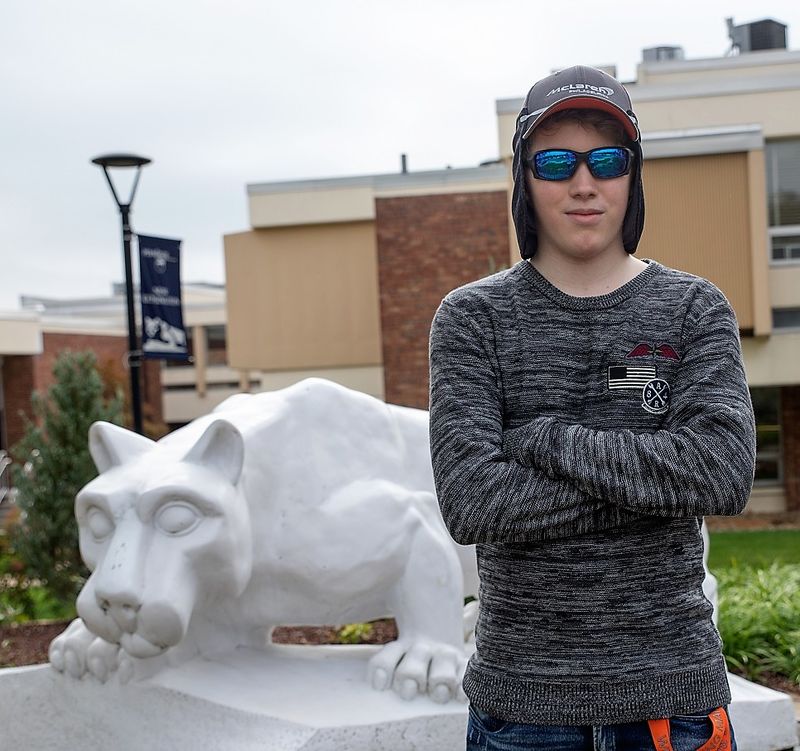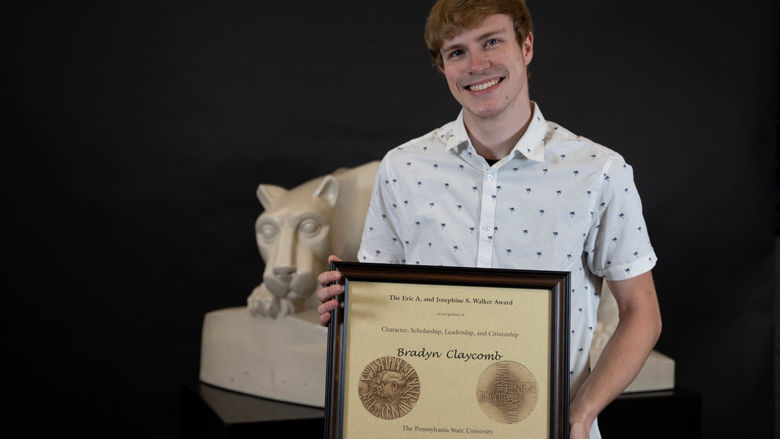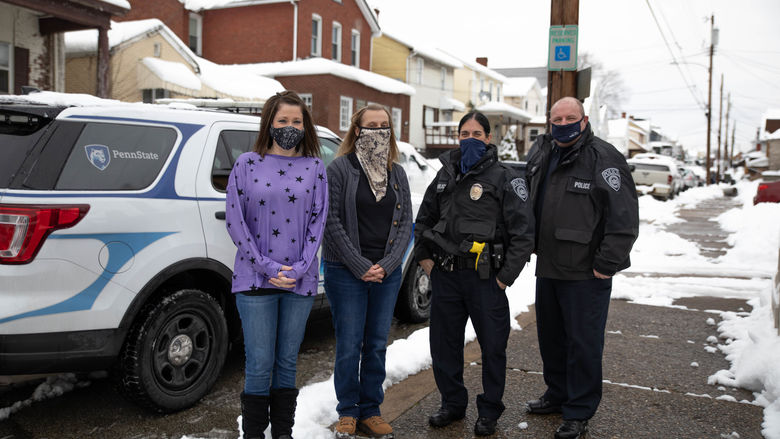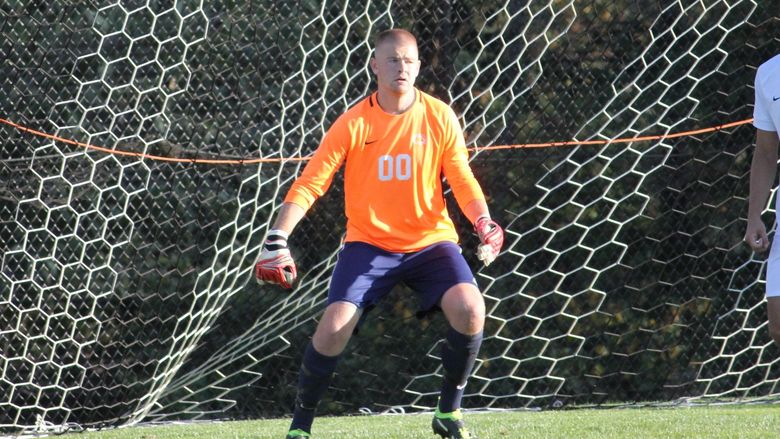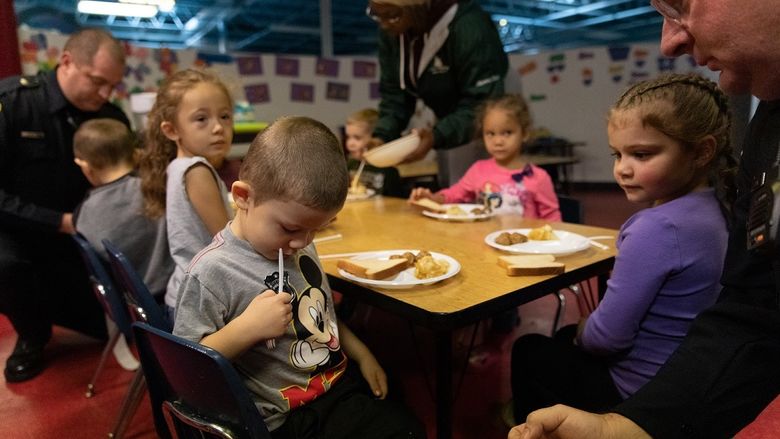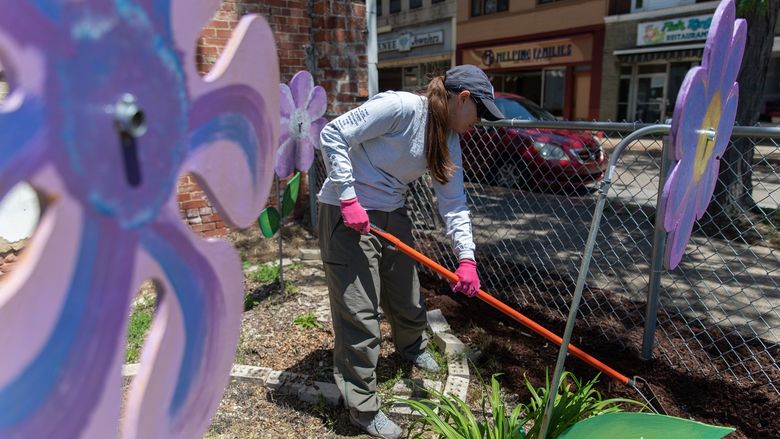Mackinly “Mack” Adams hasn’t been in a real classroom since the fourth grade. The Arnold, Pennsylvania, native was diagnosed with a rare form of actinic prurigo, a disease that causes severe reactions to sunlight and ultraviolet (UV) light. Adams dreamed of having a real college experience, and Penn State New Kensington was able to make the goal a reality. Read more about Adams' journey here.
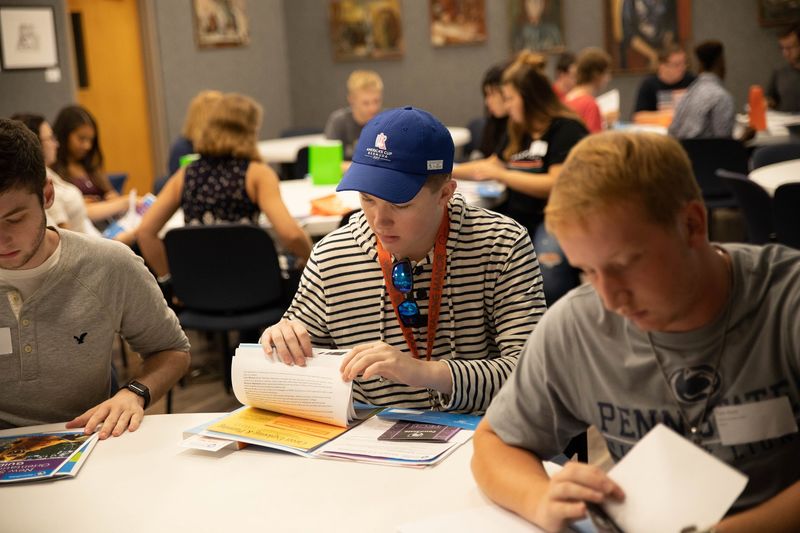
Mack Adams had not been in a conventional school setting since the fourth grade, but dreamed of having an actual college experience. New Student Orientation (NSO) was one of the first times he spent an entire day on campus at Penn State New Kensington. “I really never thought he would be able to go to a campus and experience it, and it’s amazing,” said his mother, Kelly, during NSO.
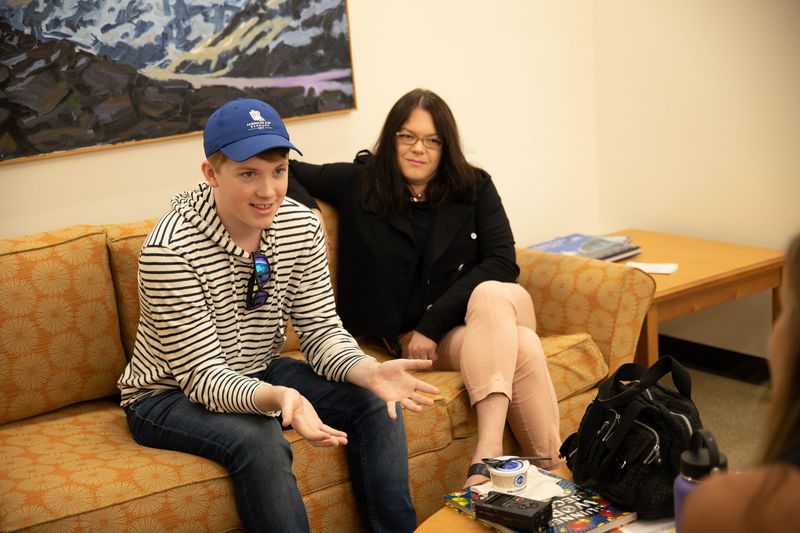
Mack Adams and his mother, Kelly, sit in the Blissell Library at Penn State New Kensington. “I think the big thing is that he’s just a regular person like everybody else,” she said. “The only difference is he can’t go out in the sun or be under fluorescent lights. It’s a big difference, but it’s really the only difference.”
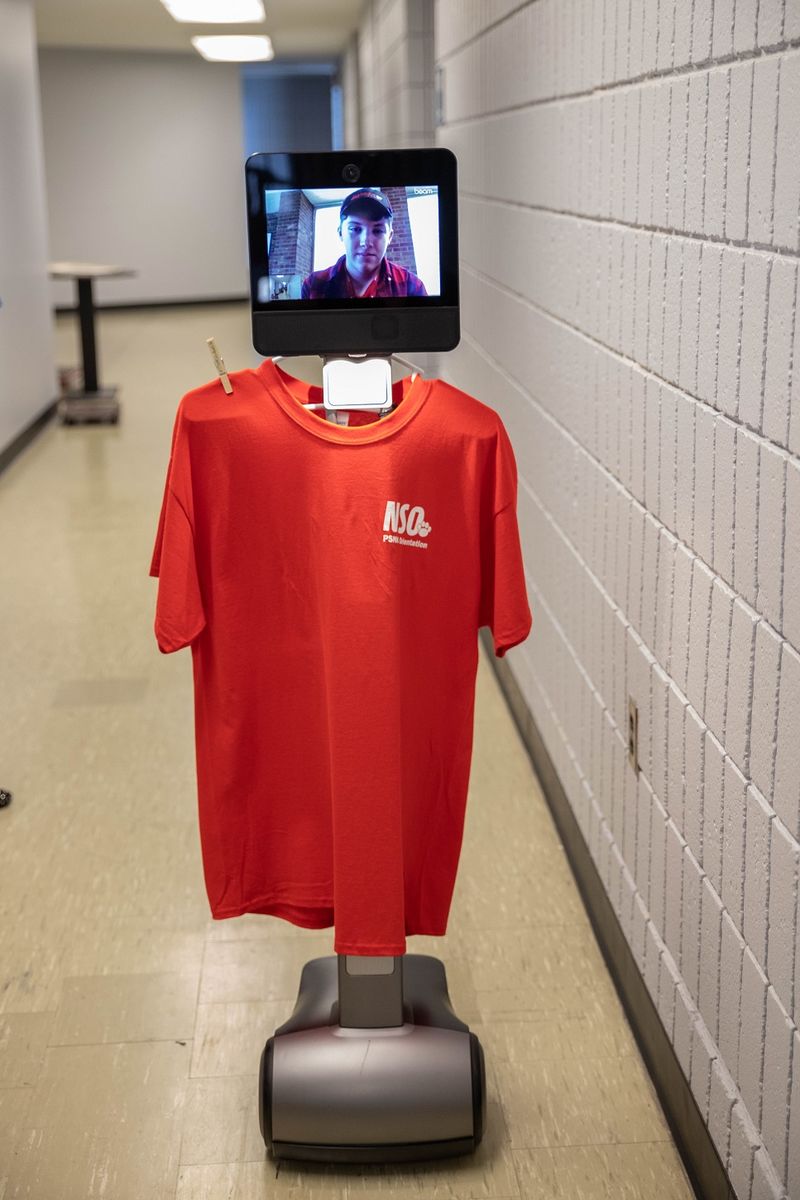
Mack Adams was able to attend many New Student Days (NSD) activities thanks to updated LED lighting and access maps provided by the campus. For activities in areas not yet converted, he was still able to attend them thanks to a Beam Telepresence Robot awarded to the campus’s biobehavioral health program as part of Penn State’s Teaching and Learning with Technology REACH initiative.
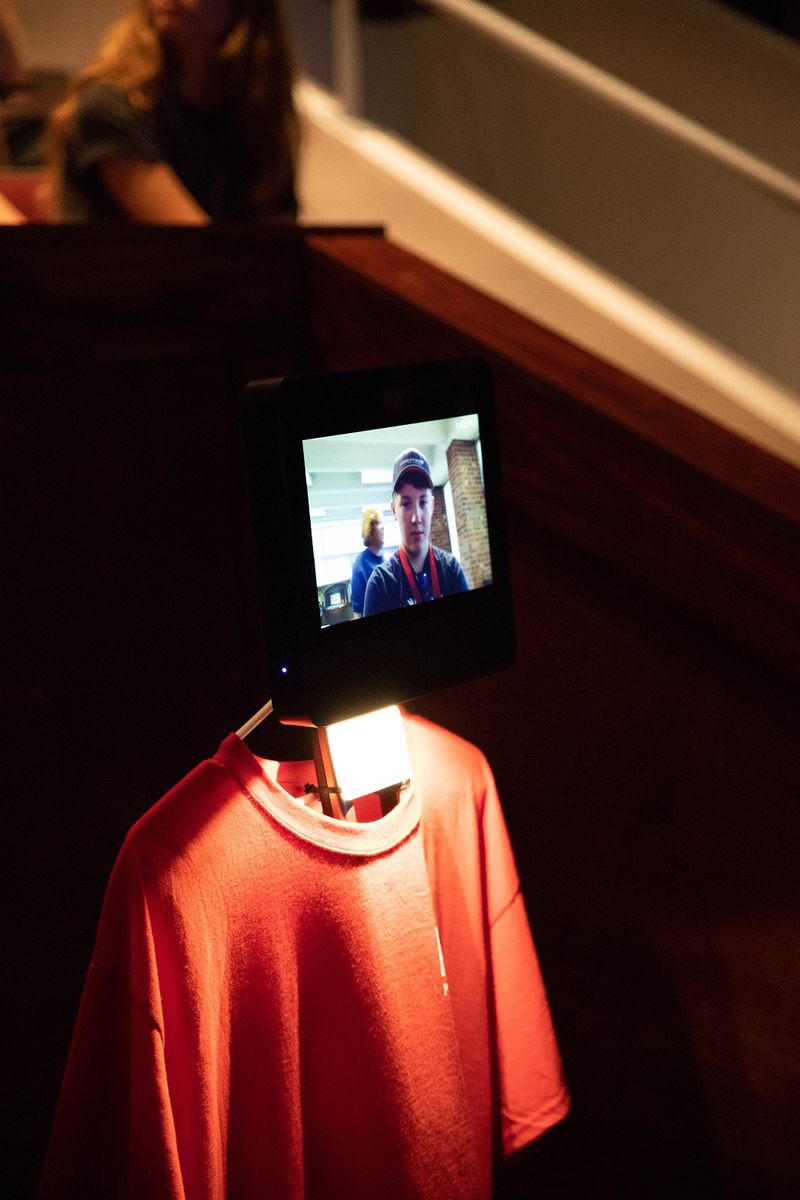
“By far, this has been the most rewarding and fun experience for me,” said Jim Rounce, Penn State New Kensington’s director of information technology. “Having the opportunity to utilize emerging technology to improve a student’s experience was very rewarding, and it reminded me why I got into education in the first place.”
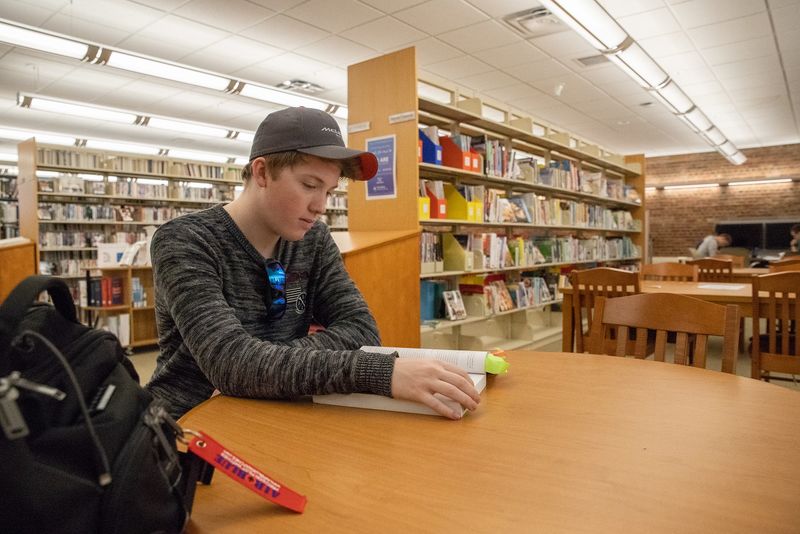
Through his research about actinic prurigo, Randy Tressler, physical plant manager at the campus, learned that light-emitting diode (LED) lighting was safe for those suffering from the disorder. The campus had already started converting some of its older, fluorescent lighting to LED lights to meet sustainability and energy goals. Over the summer, Tressler leveraged funding and donations from vendors so that multiple areas of campus could be converted to LED lighting sooner than originally planned. More than 700 bulbs and fixtures have been converted to date, with more planned in the future.
